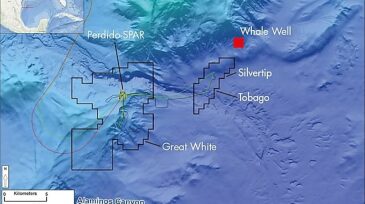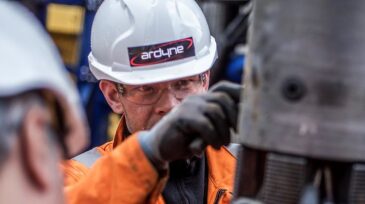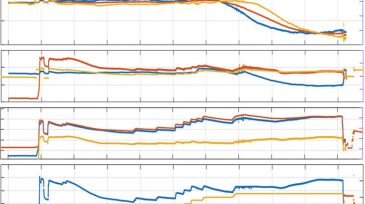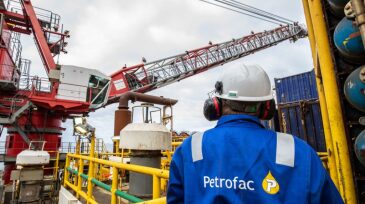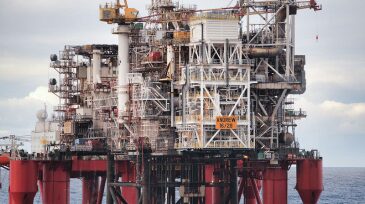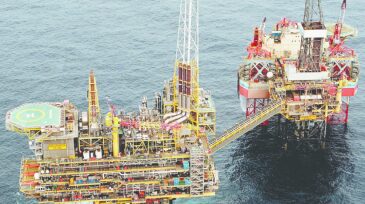North Sea
-
The deferments are the latest actions Shell has taken in response to record low crude prices.
-
Ardyne’s North Sea long-term contracts were for 175 wells with possibly more to follow, while Allseas contract is for removal and disposal for the Valhall complex.
-
North Sea operators BP, Shell, and Total have begun an effort to fuel their platforms using sustainable power sources through a connection with Norway’s onshore power grid, which is driven almost wholly by renewable energy.
-
This paper describes how new technology was implemented and deployed through a downhole acoustic network through a sequence of runs in complex North Sea wells under managed-pressure conditions.
-
For the development of the Dvalin high-pressure/high-temperature (HP/HT) gas field in the Norwegian Sea, a completion scheme using standalone screens is planned.
-
Sharp reductions in operating expenses has rekindled growth and exploration in the UK North Sea, but this fragile recovery will require a continued luck in exploration drilling and a focus on holding the line on costs, which are still high.
-
The plan will extend production of the largest field on the Norwegian Continental Shelf to 2040, while also deferring plans to decommission the Statfjord A platform. Statfjord A was originally scheduled to be decommissioned in 2022.
-
The deal comes months after the jointly owned Petrogas NEO UK acquired several UK North Sea assets, including a $635-million purchase of Total's stakes in various fields last July. The 2-year deal with Petrofac is valued around $50 million.
-
The deal is part of BP’s plan to divest $10 billion in the North Sea so that it can focus on developing core growth areas and construct more cost-effective subsea tiebacks in the region.
-
The company will shell out more than $800 million to acquire interests in the Andrew and Shearwater areas, as well as the Tolmount field, offshore Scotland.

